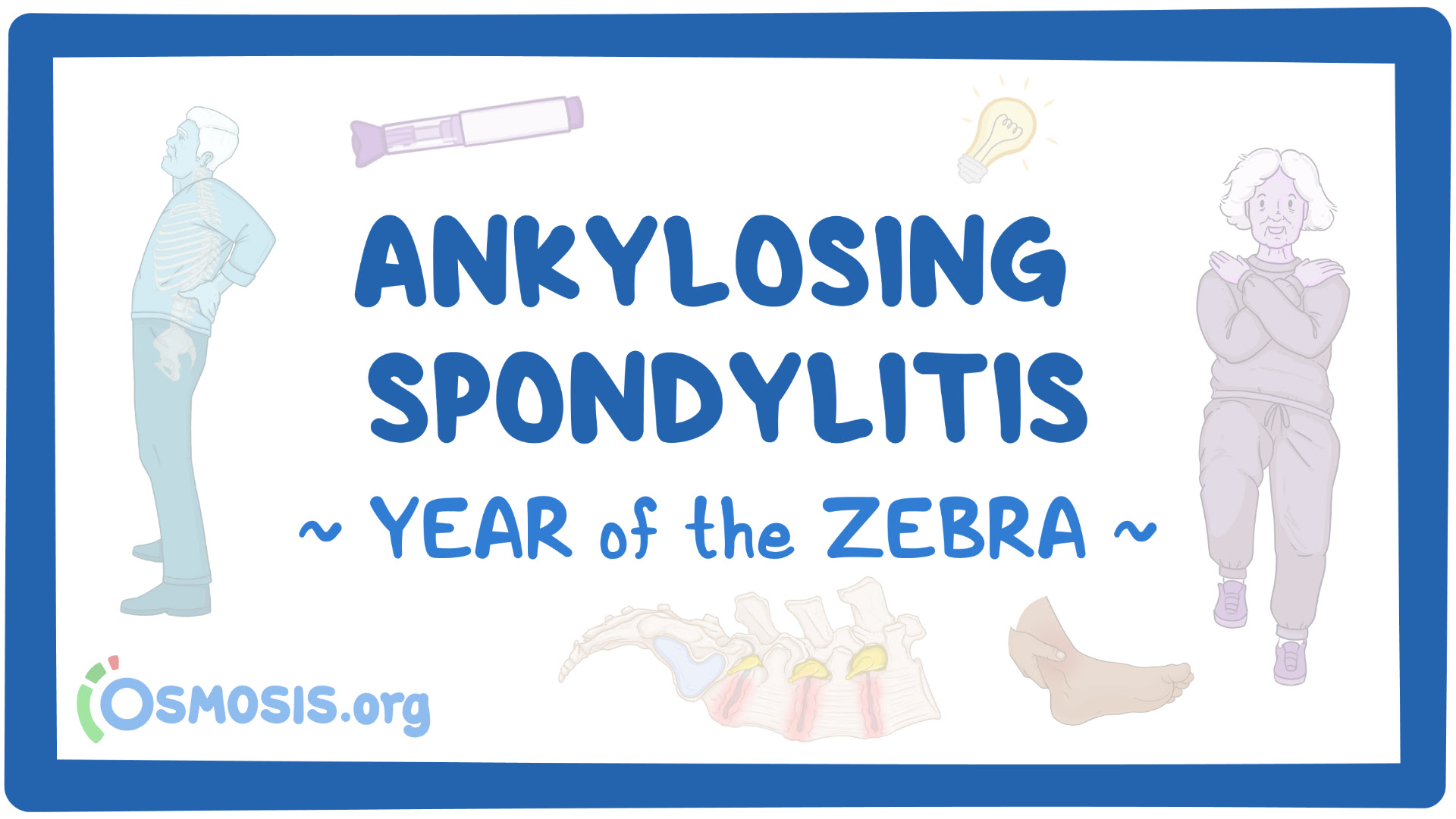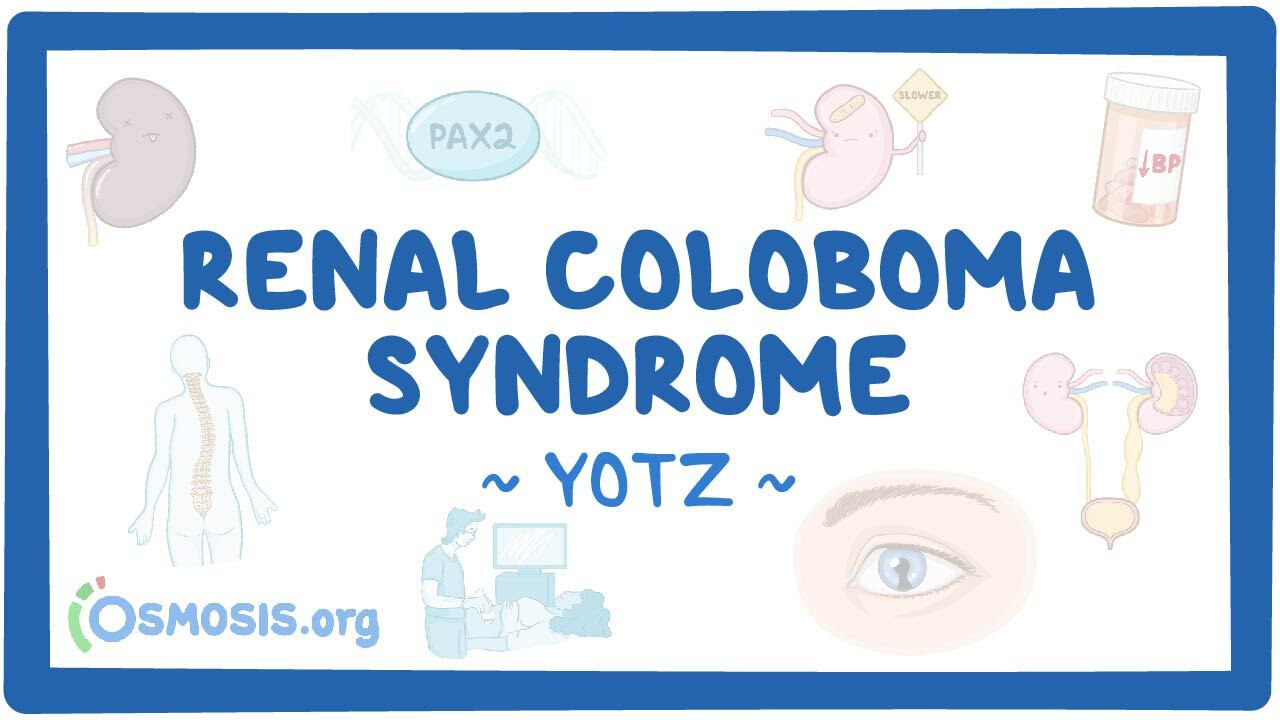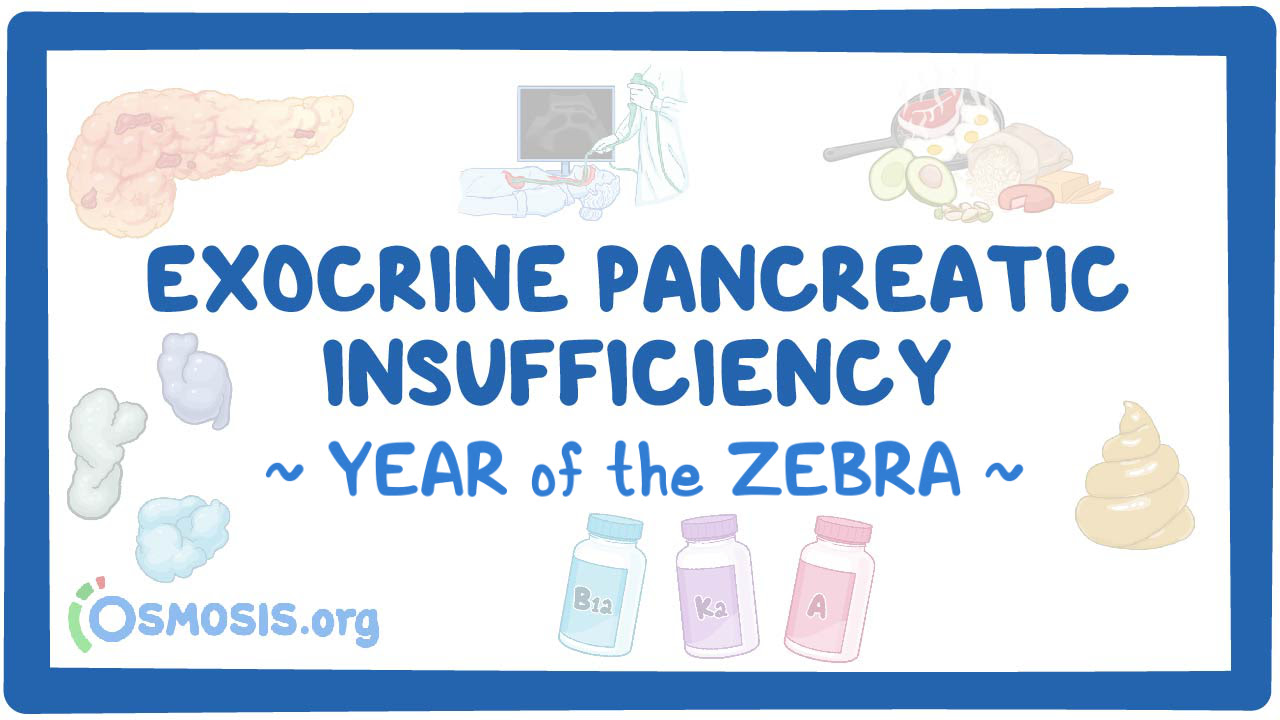Microbiota-Gut-Brain Axis and CNS Disorders: Recent Progress and Perspectives, 2025, pp 19-41
Rare Disease Education: Exocrine Pancreatic Insufficiency
Editor: Kelsey LaFayette, DNP, RN, FNP-C
This study evaluates eight National One Health Strategic Plans using a mixed analytical approach, revealing varying degrees of alignment with core One Health principles and highlighting strengths and gaps to inform future initiatives. The framework combines qualitative, quantitative, and network analyses to assess content, terminology, and conceptual relationships within the plans.
Arévalo, Benavides & Ochoa-Correa, Towards Future Smart Power Systems with High Penetration of Renewables: Emerging Technologies, New Tools, and Case Studies, 2025, Pages 213-237
This chapter aligns with SDGs 7, 11, and 10, by offering a case study on renewable energy and rural electrification in Ecuador, in the context of socioeconomic challenges and climate change, whilst also drawing on other examples from developing countries elsewhere.
The article highlights the potential of AI to support SDGs related to responsible consumption and production (Goal 12), and climate action (Goal 13).



